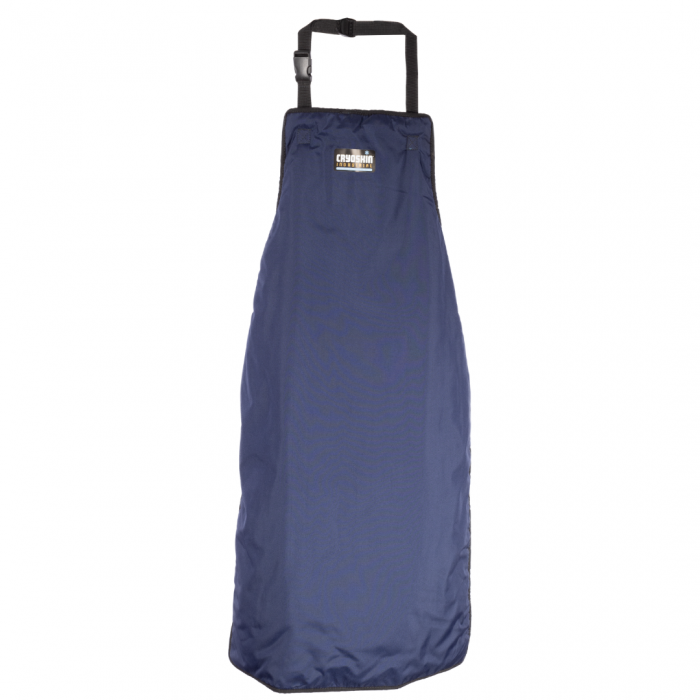PROTECTIVE CLOTHING SPECIFICALLY DEVELOPED FOR HANDLING EXTREMELY COLD OBJECTS & CRYOGENIC LIQUIDS
Cryogenic liquids are typically odourless and colourless when vapourised to the gaseous state. Most of them have no colour as a liquid although liquid oxygen is light blue. However, the extremely cold liquid and vapour have a built-in warning property as the cold boil-off gases condense moisture in the air, creating a highly visible fog. These cryogenic liquids have boiling points below -180°C and are normally used at atmospheric pressure. Thus, they are constantly boiling during use.
Since all cryogenic liquids and their cold boil-off vapours are extremely cold, they can rapidly freeze human tissue and often cause frostbite. Even brief contact with a cryogenic liquid is capable of causing tissue damage similar to that of thermal burns. Prolonged contact may result in blood clots.
EXTREME COLD
The touching of uninsulated containers or other materials that have been cooled by cryogenic liquids can cause serious skin injuries. The extremely cold surface of the cooled material will cause the flesh to stick fast and tear when attempts are made to withdraw from it. Even non-metallic materials are dangerous to touch at low temperatures. In addition to the hazards of frostbite or flesh sticking to cold materials, objects that are soft and pliable at room temperature, are easily broken because they become hard and brittle at extremely low temperatures. The vapour can also rapidly freeze eye fluid resulting in permanent eye damage even from a brief exposure.
BOILING AND SPLASHING
Cryogenic liquids can boil or splash when added to a warm container or when inserting warm objects in the liquid. Always perform these operations slowly to minimise boiling and splashing.
PRESSURE BUILD UP AND EXPLOSIONS
Cryogenic liquids exhibit large volume exchange ratios which can cause rapid pressure changes. One volume of liquid nitrogen, for example, will vaporize to approximately 700 volumes of nitrogen gas, when warmed to room temperature at one atmosphere. In addition, all cryogens can condense sufficient moisture from the air to block the opening in storage vessels. This condition can result in an explosion caused by the build-up of trapped vapour in the container. As a result, it is critical to contain these liquids in insulated dewars with pressure relief valves.
Elliotts offers a range of CryoSkin® gloves and aprons for those working in extremely cold environments, specifically developed for handling extremely cold objects and cryogenic liquids.
REFERENCE PAGES:
CryoSkin Introduction | CryoSkin Range | CryoSkin Certifications & Standards

